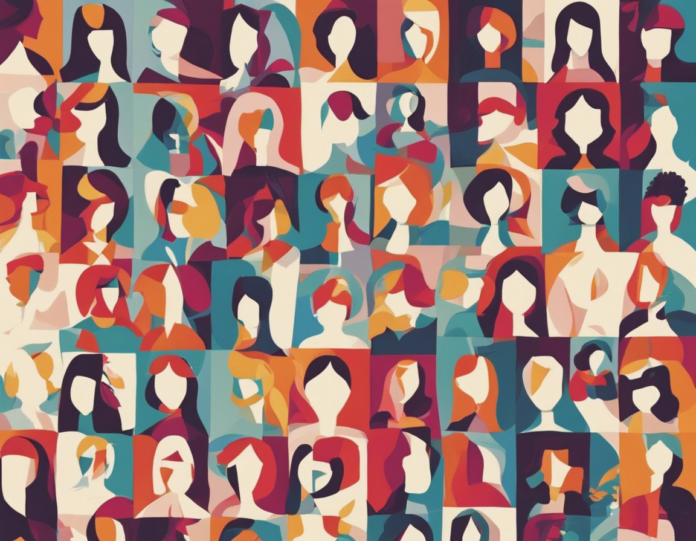In March 1977, the United Nations (UN) officially recognized March 8th as International Women’s Day (IWD). This day has since been celebrated globally to commemorate the social, economic, cultural, and political achievements of women. It also serves as a call to action for gender equality and women’s rights.
The History of International Women’s Day
International Women’s Day has a rich history dating back to the early 20th century. The first National Woman’s Day was observed in the United States on February 28, 1909, in honor of the 1908 garment workers’ strike in New York, where women protested against working conditions. The idea of an international day to recognize women’s rights and suffrage was proposed by Clara Zetkin, a German socialist, at the International Conference of Working Women in Copenhagen in 1910.
The first International Women’s Day was celebrated on March 19, 1911, in Austria, Denmark, Germany, and Switzerland, with rallies attracting over a million people who advocated for women’s right to work, vote, and hold public office. Over the years, the date of the celebration varied until it was finally settled to March 8th in 1913.
Themes and Significance of International Women’s Day
Each year, International Women’s Day is celebrated with a specific theme that highlights various aspects of women’s rights and achievements. Themes have ranged from “Celebrating the Social, Economic, Cultural, and Political Achievements of Women” to “Choose to Challenge” and “Press for Progress.”
The day holds immense significance in raising awareness about gender equality, promoting women’s rights, and fostering a more inclusive and diverse society. It serves as a reminder of the progress made towards gender equality, while also highlighting the ongoing challenges that women face globally.
How International Women’s Day is Celebrated
International Women’s Day is celebrated in various ways across the globe. Some common ways of commemorating the day include:
-
Rallies and Marches: Women and their allies often organize rallies and marches to raise awareness about women’s rights and gender equality issues.
-
Conferences and Workshops: Many organizations host conferences, workshops, and panel discussions focused on women’s empowerment and gender equality.
-
Social Media Campaigns: The use of social media to spread awareness about International Women’s Day has become increasingly popular, with hashtags like #IWD and #EachforEqual trending on platforms like Twitter and Instagram.
-
Community Events: Communities often come together to celebrate the achievements of women through art exhibitions, film screenings, and cultural performances.
-
Charity Events: Fundraisers and charity events are also organized to support organizations that work towards advancing women’s rights and empowerment.
Importance of International Women’s Day
International Women’s Day plays a crucial role in advancing gender equality and women’s rights worldwide. It provides a platform for highlighting the achievements of women in various fields, including politics, business, science, and the arts. The day also serves as a reminder of the inequalities that still exist and the work that needs to be done to achieve true gender parity.
By celebrating International Women’s Day, we acknowledge the contributions of women throughout history and recognize the need for continued advocacy and activism to create a more equitable and inclusive society for all.
Frequently Asked Questions (FAQs) about International Women’s Day
1. What is the significance of the color purple on International Women’s Day?
– Purple is often associated with justice and dignity and has been adopted as a color symbolizing International Women’s Day.
2. How can I get involved in International Women’s Day celebrations?
– You can participate in local events, donate to organizations supporting women’s causes, educate yourself and others about gender equality, and use social media to raise awareness.
3. Are men encouraged to participate in International Women’s Day activities?
– Yes, men are encouraged to support and participate in International Women’s Day activities as allies in the fight for gender equality.
4. What is the difference between International Women’s Day and International Men’s Day?
– International Women’s Day focuses on women’s rights and achievements, while International Men’s Day, celebrated on November 19th, aims to promote positive male role models and address issues such as men’s health and wellbeing.
5. How is International Women’s Day celebrated in different countries?
– International Women’s Day is celebrated in various ways globally, including marches, conferences, art exhibitions, and cultural performances that highlight women’s achievements and raise awareness about gender equality.
6. What are some key issues affecting women that International Women’s Day aims to address?
– International Women’s Day focuses on various issues such as gender-based violence, unequal pay, lack of access to education and healthcare, discrimination, and underrepresentation in leadership roles.
International Women’s Day serves as a powerful reminder of the progress made towards gender equality and the work that still needs to be done to achieve a more just and inclusive society. By acknowledging the achievements of women and advocating for their rights, we move closer to a world where all individuals, regardless of gender, have equal opportunities and rights.

